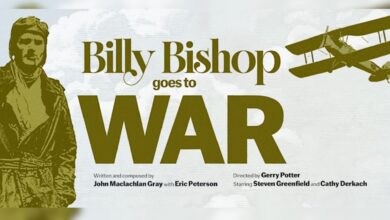Record Store Day
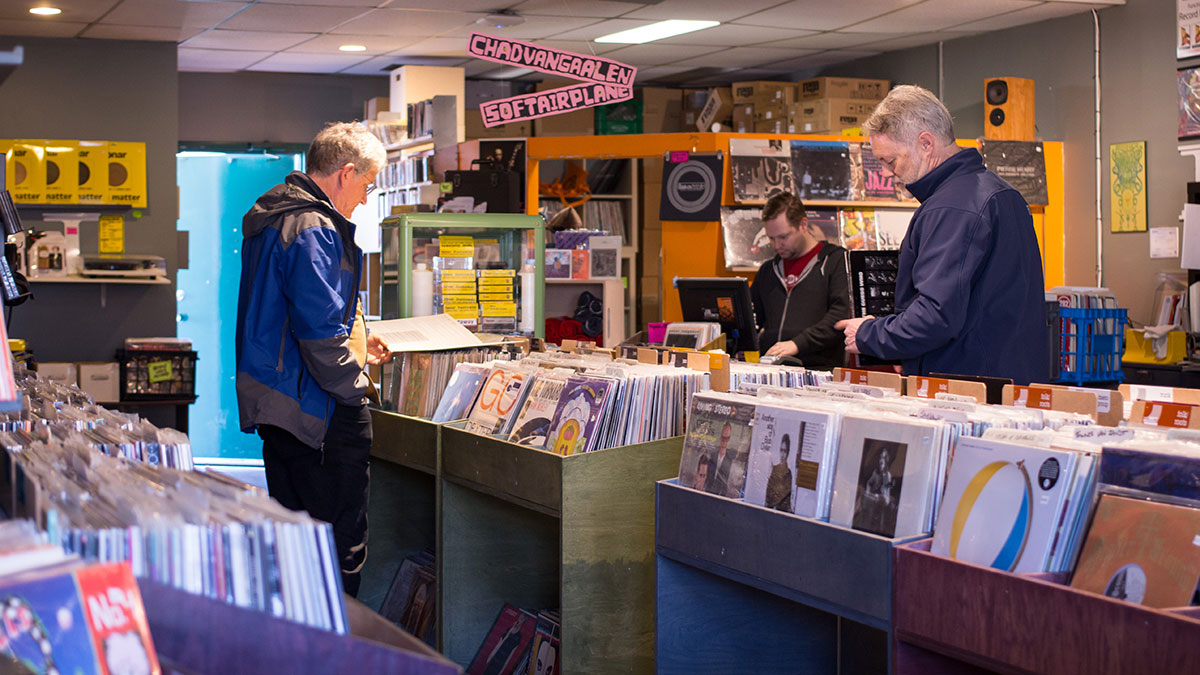 Christina Varvis
Christina VarvisFor music fans in Edmonton, Christmas comes in March, bringing a plethora of treasures along with it. But in recent years, with the resurgence in popularity for purchasing vinyl, Record Store Day (RSD) is beginning to resemble the madness of Black Friday.
In the early hours of Saturday, April 16, hundreds of music fans across Edmonton will flock to their favorite record store to patiently wait for their chance to pick up one of the day’s many limited releases. Numerous vinyl, CD and various promotional products are produced exclusively for RSD and hundreds of artists in various countries across the globe make special appearances and performances at the local stores.
Originally conceived in 2007 by an assortment of independent record stores across the U.S., owners and employees alike came together to celebrate and spread the word about the unique communities and cultures behind their record stores. RSD seemingly came out of nowhere, snowballing into a massive, global event.
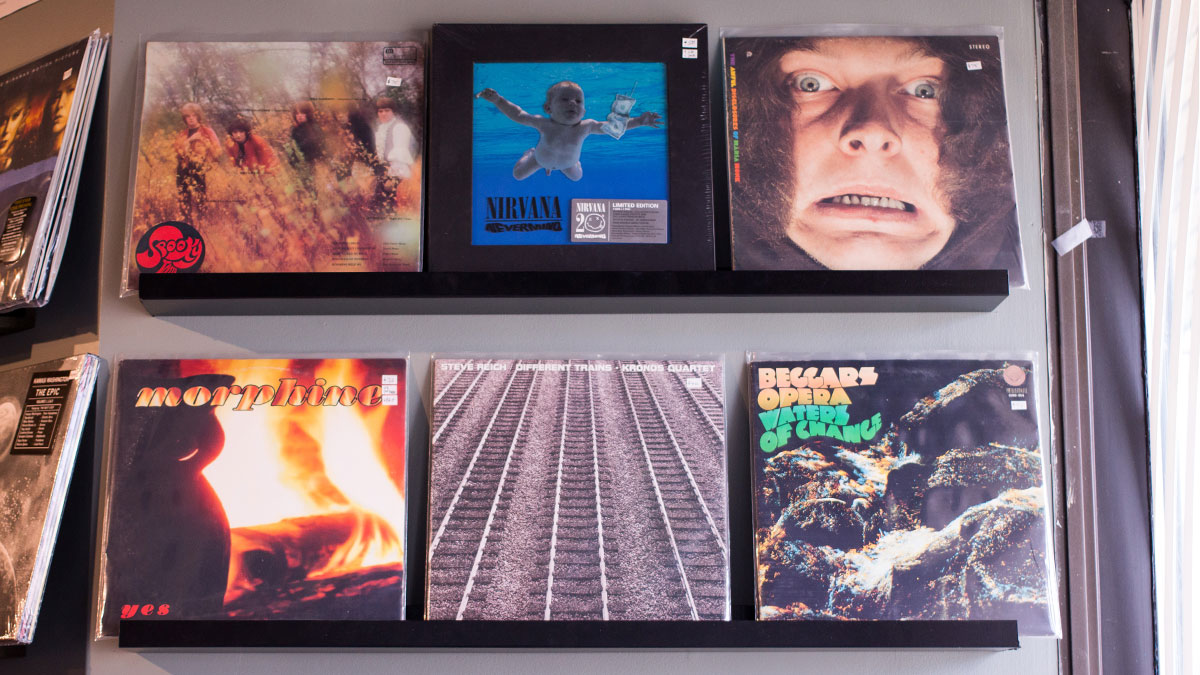
Two of Edmonton’s most well known music destinations — the iconic Blackbyrd Myoozik on Whyte Ave and the eclectic Listen Records downtown on 124 street — are participating in RSD. For each of these shops, RSD helps maintain a musical community. However, it can act as a double-edged sword, putting massive strain on the same shops it was created to benefit.
For those involved with Edmonton’s independent record stores — Listen Records owner Kris Burwash, Blackbyrd owner Arthur Farfard and Blackbyrd sales manager Jason Troock — navigating the hundreds of releases in preparation for each year proves to be a steady challenge. The challenges and strains faced by the stores and their staff are unknown to many RSD frequenters, as these shops year after year put enormous amounts of time into preparation for RSD in attempts to build their city’s record community. These independent stores have been massively important for the music scene, as they don’t only function as a retailer for albums but a destination for the city’s music fans.
“The point is to be a hub for the music community,” says Troock. “A lot of us are either musicians or DJs or both. It’s not part of the job description but it’s helped to foster the community vibe.”
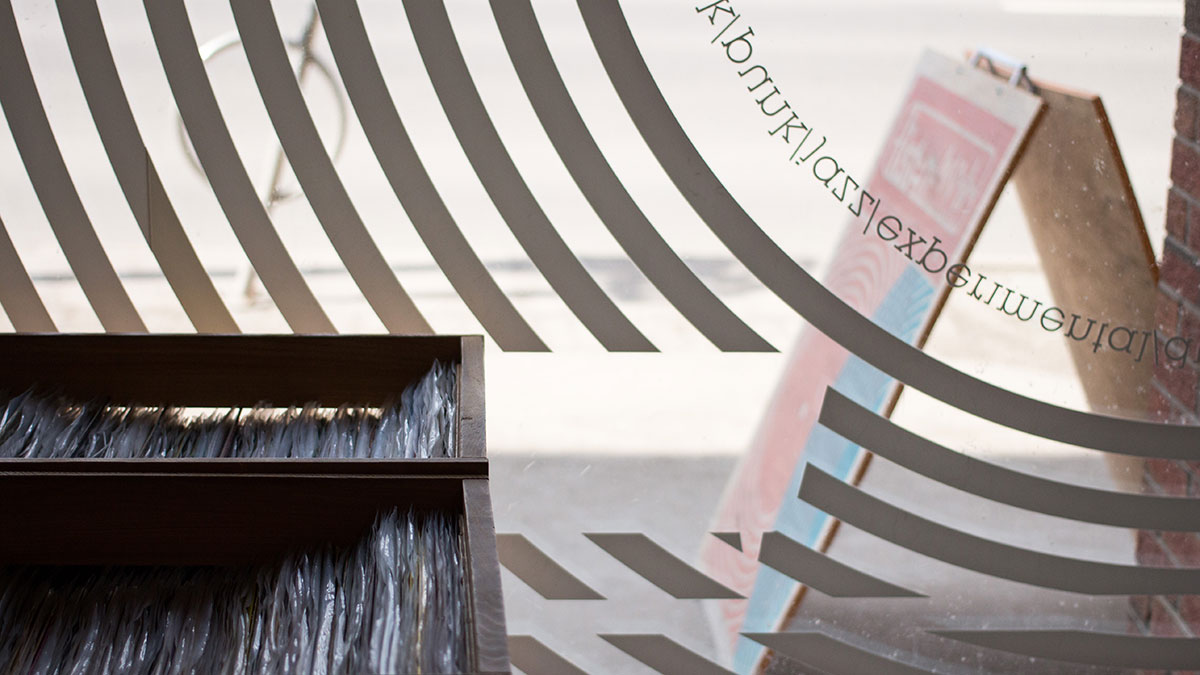
One of the main ideas behind RSD is to put physicality back into music — an aspect that’s been primarily fading away since the Napsters, Youtubes and Spotifies of the last two decades jumpstarted the music industry’s shift into the online sphere. Hordes of customers are drawn to stores by the limited runs of records alone. Each fan attempts to win their personal musical lottery by picking up something sonically unique that holds an air of collectability.
“It’s a favour to your customers, try and get them the Record Store Day stuff so they can continue to be your customers,” says Burwash. “It’s like concert tickets — people used to line up and camp out days in advance to get tickets, and it created this community. To have people line up at a record store to go out and get stuff one day, that’s kind of cool. It brings back the whole community mentality instead of sitting at home online clicking refresh on a screen.”
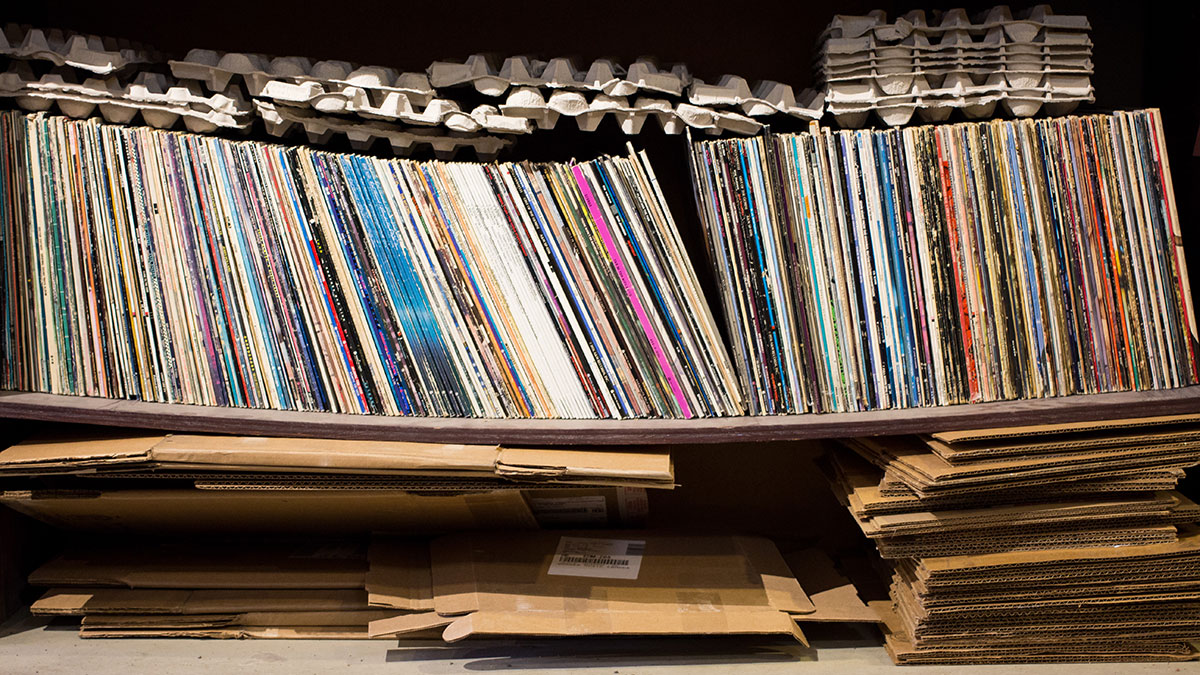
Shop owners and employees have to gauge their customers and develop tactics to ensure they order enough stock. Due to Edmonton’s musical market, which is miniscule in comparison to places like New York or Seattle, distributors won’t even get enough to supply to stores, so many resort to over-ordering as a tactic to get their fair share of RSD releases.
“In Canada, our market is 10 per cent of that of the U.S., even with some limited stuff, even with regular release stuff, distributors will get enough to send each store one. Why bother?” says Burwash. “We’re in the business of distribution, not mail order. At that point, it’s not worth their time to get it in even.”
Another challenge, as Trook explains, is that “often for the popular sorts of records, the quantity that you order is allocated.” He acknowledges that Edmonton has a big record-buying market, but it’s small in population. And unfortunately, that’s what determines the limited record allocation.
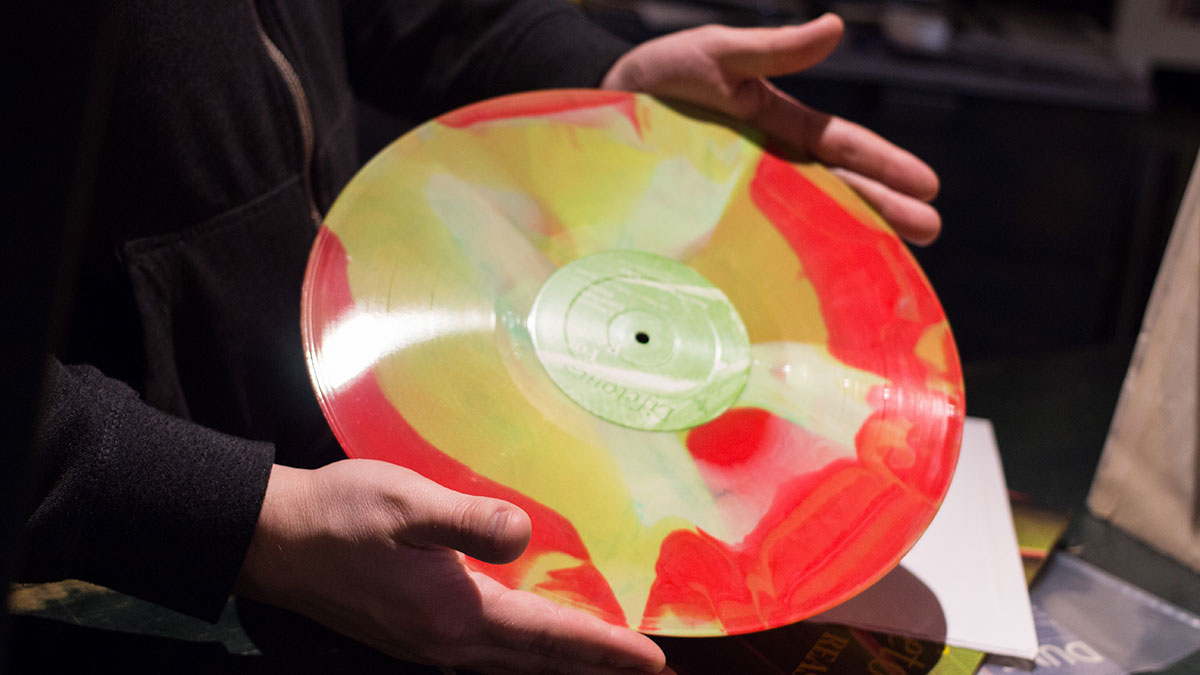
But there’s a trick: “We might order 10 and only get three, so you have to be strategic to get what you actually want,” says Troock.
“It’s hard to gauge because you don’t know what you’re going to get shorted on and what you’re going to get your full order of,” says Burwash “I’m sure there’s stores (where) you’ll order 100 assuming you’re going to get shorted, but what if you get 100? Then what?”
Although this yearly ordering process is exhausting for the retailers, the participation seen from the community largely makes the headache worth it.
Retailers don’t make anything available to customers before the day, so the only way to get the products is to line up and shop in store — the whole point is to drive people to a record store.
As a response to the high demand, people will attempt to do reselling after the fact, or sometimes even before the fact.
“Some of the stuff, it’s baffling the demand on it, how people want it so badly. One of the ones that could’ve been hot if you had it (in 2015) was the U2 record with the bonus disc that came with the CD,” says Burwash. “I had multiple people bugging me days in advance, ‘oh did you get it? I’ll give you $100 for it?’ Well I cant do that. I could’ve in theory, but that’s totally not the point of Record Store Day.”
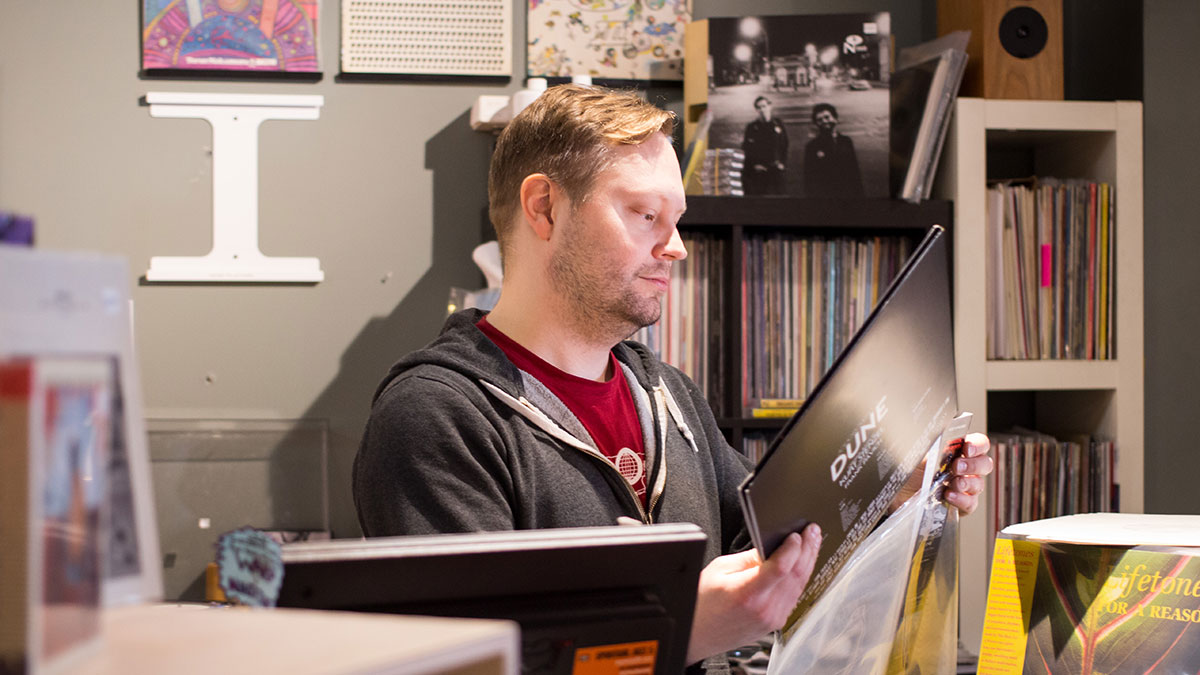
Smaller shops like Listen never had much interest in ordering RSD’s entire list of releases and even Blackbyrd dropped out of ordering the entire list of releases.
“We used to be more complete, we tried to get everything before and did for a few years,” Fafard says. “But it became apparent that it’s just too much and if you do it you it you can get stuck with stuff that isn’t selling.”
Due to major labels pushing more and more releases, the frequenters of RSD have questioned some of the quality of the releases.
“There’s a bit of a backlash, because major labels get involved and the integrity behind some of the releases is a little questionable,” says Farfard.
“Warner does this series called Side by Side, and it’s two artists covering each other songs,” says Burwash. “It’s kind of neat and it might come on coloured vinyl, but it’s a seven-inch in a plastic sleeve with a sticker on it. Zero effort, and now they’ve gone up in price this year. Its $15 or $18 with no packaging.”
“When you look at the list it’s like 500 to 600 releases, it’s like ‘wow, what a lot of garbage,’” says Burwash. “Then you whittle it down to the hundred or so things that will get in and it’s some awesome stuff.”

For those fans looking to find shops with the most extensive list of RSD releases, the best approach is simply to ask store staff ahead of time about what’s on the list. They’ll be able to push customers into the realm of quality.
Reissue specialists Light in the Attic are doing a 40th anniversary box set of the Heartworn Highways documentary. The hand-carved, wooden box and whiskey-coloured vinyl perfectly personify the outlaw country movement of the 70s. The rest of the box set isn’t too shabby as it includes a DVD, Blu Ray and an 80 page insert containing artist photos and interviews.
“It’s going to be nice, but not cheap,” says Burwash. “That’s the kind of thing you put out on record store day and it can fly because people want to pick up something neat, special and fancy.”
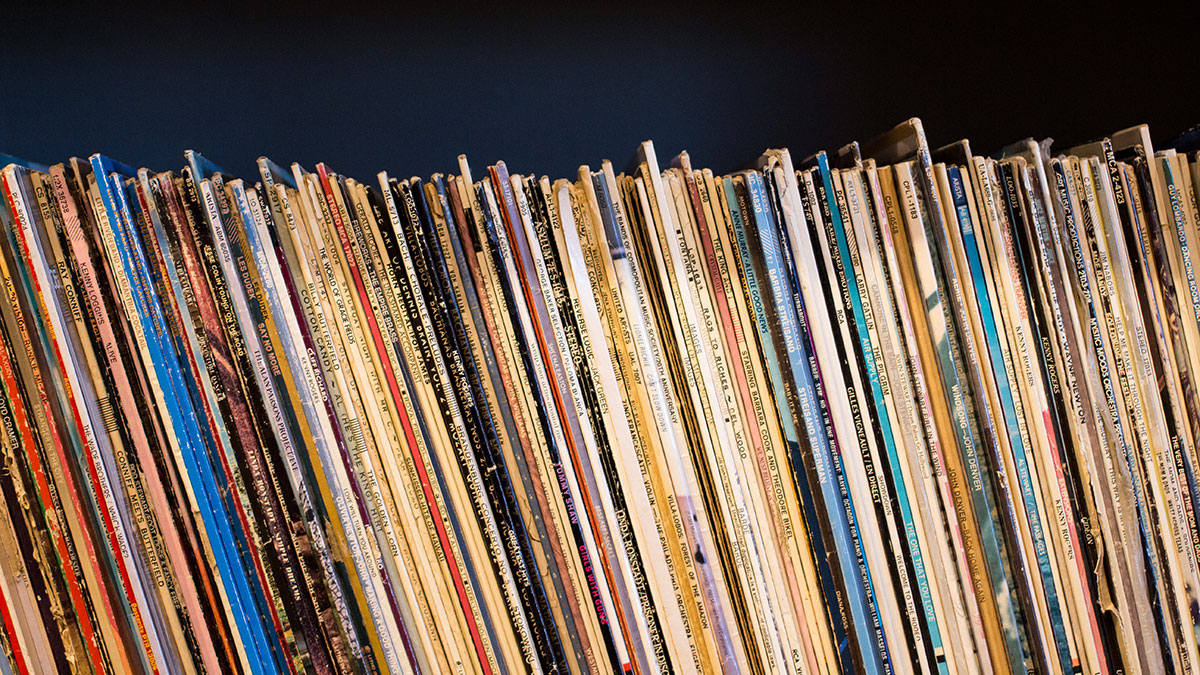
Fortunately, there will be 1,500 copies of the Heartworn Highways box set available come RSD. But unfortunately, from a pure quality and collectable standpoint, it’s disappointing to see plants pump out 7,000 copies of Justin Bieber’s Purpose on picture discs for RSD. It’s a gimmicky release that takes opportunities away from artists and labels trying to create something in the vein of Heartworn Highways.
Plants are already backlogged in the first place due to the sheer lack of capacity for products. It’s an old world technology that’s dealing with a surging interest it can’t keep up with. Large set up costs, the fact that the presses aren’t made anymore and fact there aren’t many with the expertise to make vinyl make starting new plants extremely difficult. In turn, this backlog is reflected back on the retailers who have to make up for lost time.
“Pressing delays today are insane. Its four to six months so you have to be ahead,” says Troock. “So the Monday after record store day it’s like ‘okay lets do this for next April,’ and then by that point, we might get it together.”
There is a significant amount of strain put on these stores both from the sheer amount of ever-expanding releases and the primarily major label presence on said list. But Record Store Day still functions as a day to celebrate the recent vinyl resurgence and the music fans who are interested in the physical aspect of the listening experience.
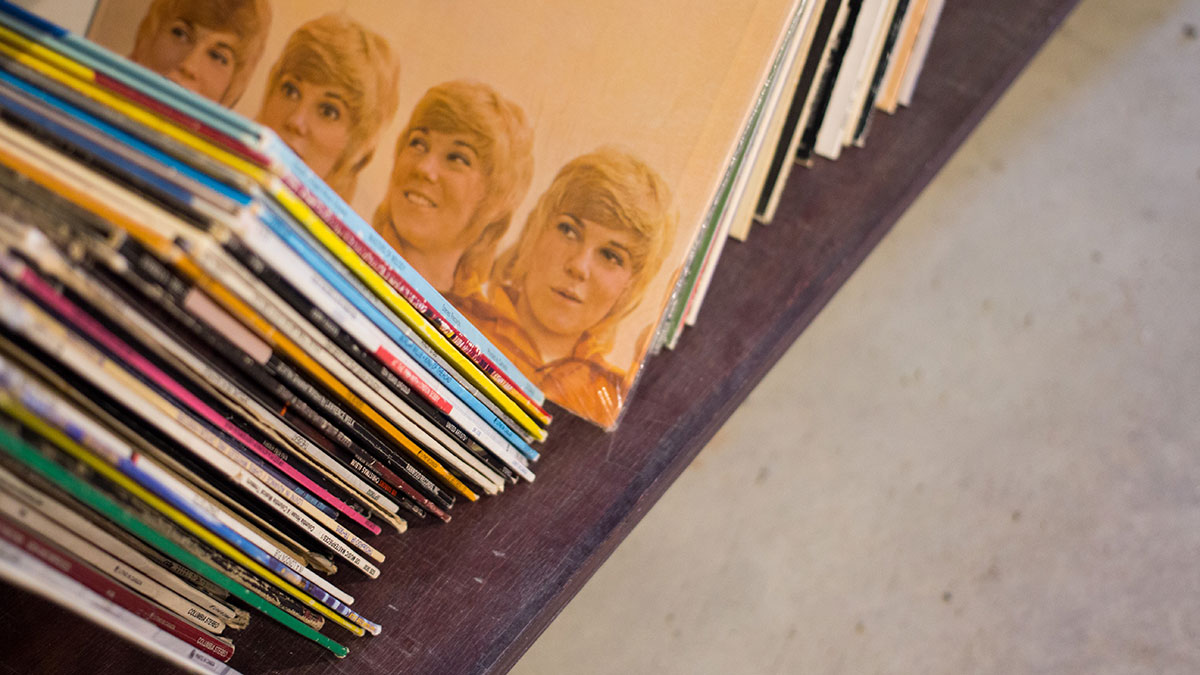
Vinyl’s comeback can’t be denied, as sales have steadily climbed since the first RSD in 2007. Purchasing vinyl, as Troock explains, is a tactile process. People are drawn to the physicality of music that is brought to life through vinyl — they want to purchase something they can hold on to. Although the digital world makes music easily accessible, it also devalues it because it lacks that tangibility. “Why would you just want a file on a computer?” asks Trock. “The record fills a collector niche.”
Though RSD has its inherent problems, it’s undeniably attributed to saving the dying art form of the record and put physicality and thought back into music for many dedicated music fans.
Uncovered truths behind massive hits and unknown gems
Creating a record is a usually a lengthy and tedious process. Not only do the musicians have to record their tracks, they must be pressed and edited before they are released to the public. The entire process makes for some interesting stories about the products.
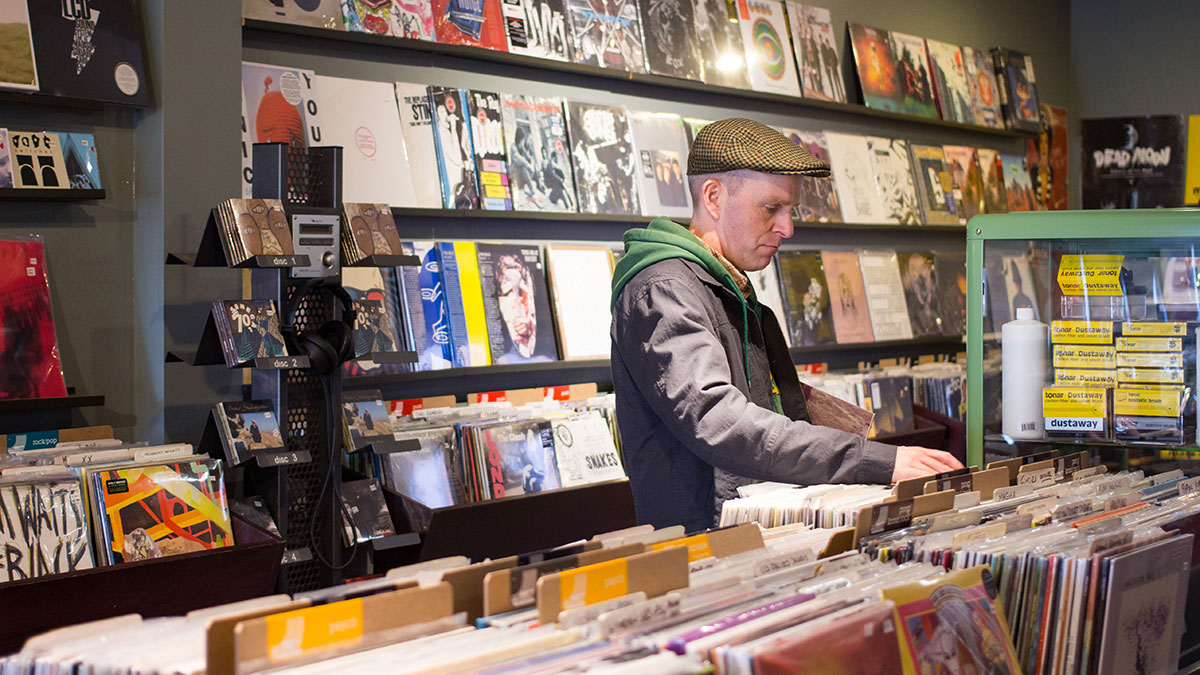
World’s most sought-after album?
The White Album, The Beatles
According to NME, the White Album is one of the most valuable records of all time, and certainly the most valued in their discography. An original U.K. pressed copy from 1968 can go for as much as £7,000. However, Kris Burwash notes that because there are numerous Beatles albums out there, the pricing range is quite large.
“There’s millions of copies of the White Album, yet there are copied versions of it that sell for a lot of money,” he says.
The record’s value is due to its extreme popularity. Like Burwash says, millions of copies have been sold over decades, and it continues to be in demand. Because of this, there was an increased incentive for it to be reissued in 2012. However, the pressing process of this reissue came with numerous complications, as certain fans were disappointed with its sound quality.
What as the world’s fastest recording?
Lazaretto, Live 7-inch Jack White
Normally, the recording process takes months, if not years, to perfect an album before its release. Not only do the tracks take multiple attempts in order to be deemed worthy, but the actual process of editing albums takes a substantial amount of time. Taking this into account, Jack White’s release of his record Lazaretto was almost an impossible feat, as he completed it in three hours, fifty five minutes and twenty one seconds.
During Record Store Day in 2014, White set out to complete the world’s fastest record. The record would include two tracks, the A side being a live version of the song “Lazaretto,” the title of his upcoming album, and the B side being a cover of Elvis Presley’s “Power of my Love.”
Rolling Stone followed his journey — he completed his set, oversaw the pressing process and presented the first retail copy to a crowd waiting patiently outside.
“There was no safety net — only a short dry run the night before — and so when some stereo equipment broke, the only option left was to cut in mono,” says Rolling Stone. This was a risky process, and it sparks the question as to what the purpose of the fastest selling record was.
White says this was a campaign for vinyl. After all, vinyl outsold streaming and online music this past year. However, with this in mind, is it truly an advocate for vinyl if it is made in such a short time? Isn’t it more important for the recording and pressing process to be thorough rather than being made as quickly as possible? Fans want quality, and it is arguable that sheer speed does not necessarily give it to them.
Want to grab a lost record?
Cold Fact, Sixto Rodriguez
The elusiveness surrounding lost albums, or even artists, cause their resurfacing to develop a heightened appreciation and value. An album like Sixto Rodriguez’ Cold Fact is a prime example.
Initially released in 1970, Cold Fact never gained popularity in the United States, causing Rodriguez and his album to be forgotten by many and fade into the background of psychedelia. That is, until the release of the 2012 documentary.
During the 70s, Rodriguez was actually wildly popular in Australia and became a “cult hero,” as Jason Troock describes, in South Africa through the trading of bootlegged tapes. “He was like Bob Dylan in South Africa in the time,” he says. In addition, his popularity remained in the 90s and, as Troock says, “he was basically the voice of the reaction to (the) apartheid.”
But Rodriguez vanished. No one knew where to find him, not even the label, and rumours circulated that he was dead.
“Apparently he committed suicide on stage by lighting himself on fire,” says Burwash. It wasn’t until Craig Bartholemew, a fan and eventual director of Searching for Sugar Man, decided to investigate this mysterious disappearance that Rodriguez was found nearly 30 years later — in Detroit.
As a result, the documentary was created to chronicle and exploit this enigma. For viewers who didn’t know the story, Burwash imagines their reactions: “What? He’s alive? Holy shit.” After its release, the once forgotten album gained a serious hype. As Burwash says, “It’s funny with Cold Fact because the original wasn’t that rare or that valuable until after the documentary.” And because of this, it went from a $40 or $50 record to a whopping $500 and counting.

